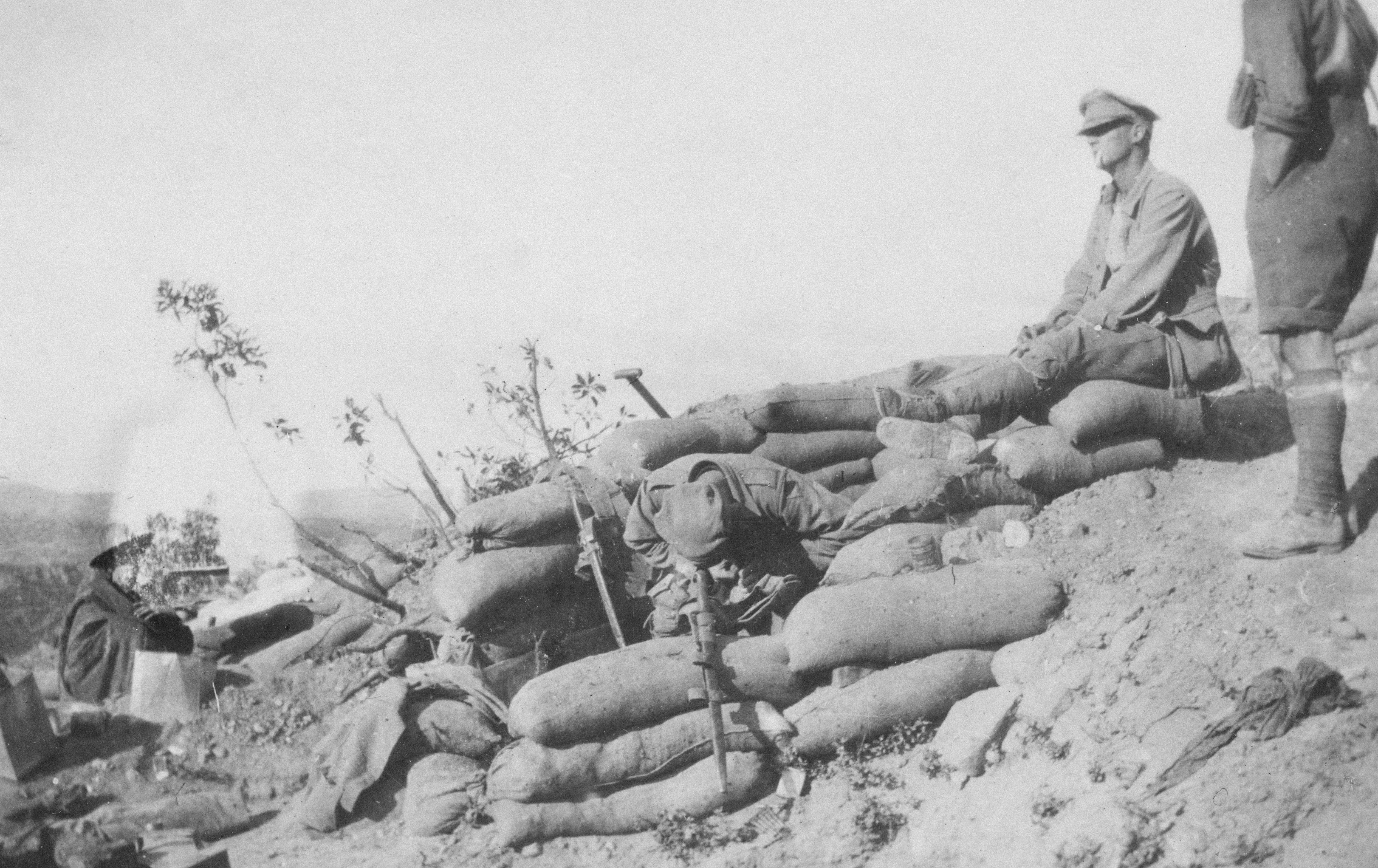Media release
From:
This study examined a random sample of the military files of 200 New Zealand World War One (WWI) veterans. It found that these personnel experienced a very high morbidity burden with 94% having at least one new condition diagnosed during their military service (average: 2.4 per individual; range: 0 to 8). The relative severity of these health conditions was reflected by the high level of hospitalisation (89% at least once) and 59% of personnel being deemed no longer fit for military service at some stage. Respiratory conditions affected 33% of personnel, 14% were diagnosed with sexually transmitted infections, 10% had diagnoses suggestive of post-traumatic stress disorder (PTSD), and 6% had chemical warfare injuries. In conclusion, the overall morbidity burden of this military force in WWI was very high, and much higher than the previous official estimates.



 New Zealand
New Zealand


